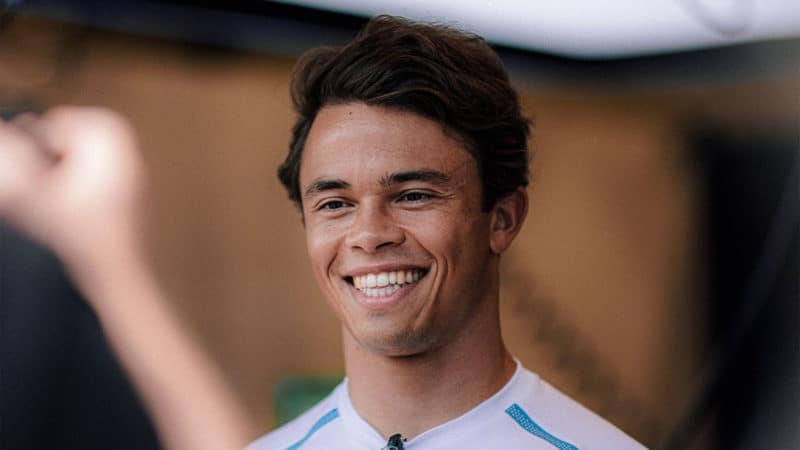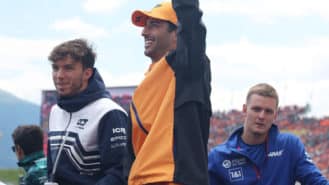Twenty-seven years old would not have been considered an unusually big age to be making an F1 debut a couple of decades or more ago. Nigel Mansell was 27 when he got his break with Lotus – and there is the perfect case study of a driver of immense ability who took a little longer than usual to be able to access it. The circumstances of his early life were difficult, his emotional development took time, some of the people around him who didn’t take to him made life difficult. When you have a team boss saying, “Oh he’s complaining we didn’t put enough petrol in is he? Well, next season I’m going to make sure he doesn’t have a car to put petrol in,” you probably aren’t going to be able to show your full potential.
So because he was a late developer, it’s often assumed – wrongly – that Mansell didn’t have the natural gift of the top guys and simply made himself the driver he became by graft. Anyone who had witnessed his phenomenal achievements in Formula Ford knew that to be nonsense. He simply wasn’t able to access all the ability in his early F1 years, sometimes because of his own limitations outside the car, sometimes because of the wrong perception people had of him and the difficulties that caused. He went on to become one of the most exciting performers F1 has ever seen.
Junior driver academies mean that struggling in old machinery, taking occasional drives as they appear when someone else has fallen short, just being around for the big break aren’t typically how a driver progresses these days. It’s all much more structured. But that doesn’t mean there is not still a wild variance in the development rate of young drivers and how it’s impossible to take accurate readings of their potential at just the time the investment is needed.


